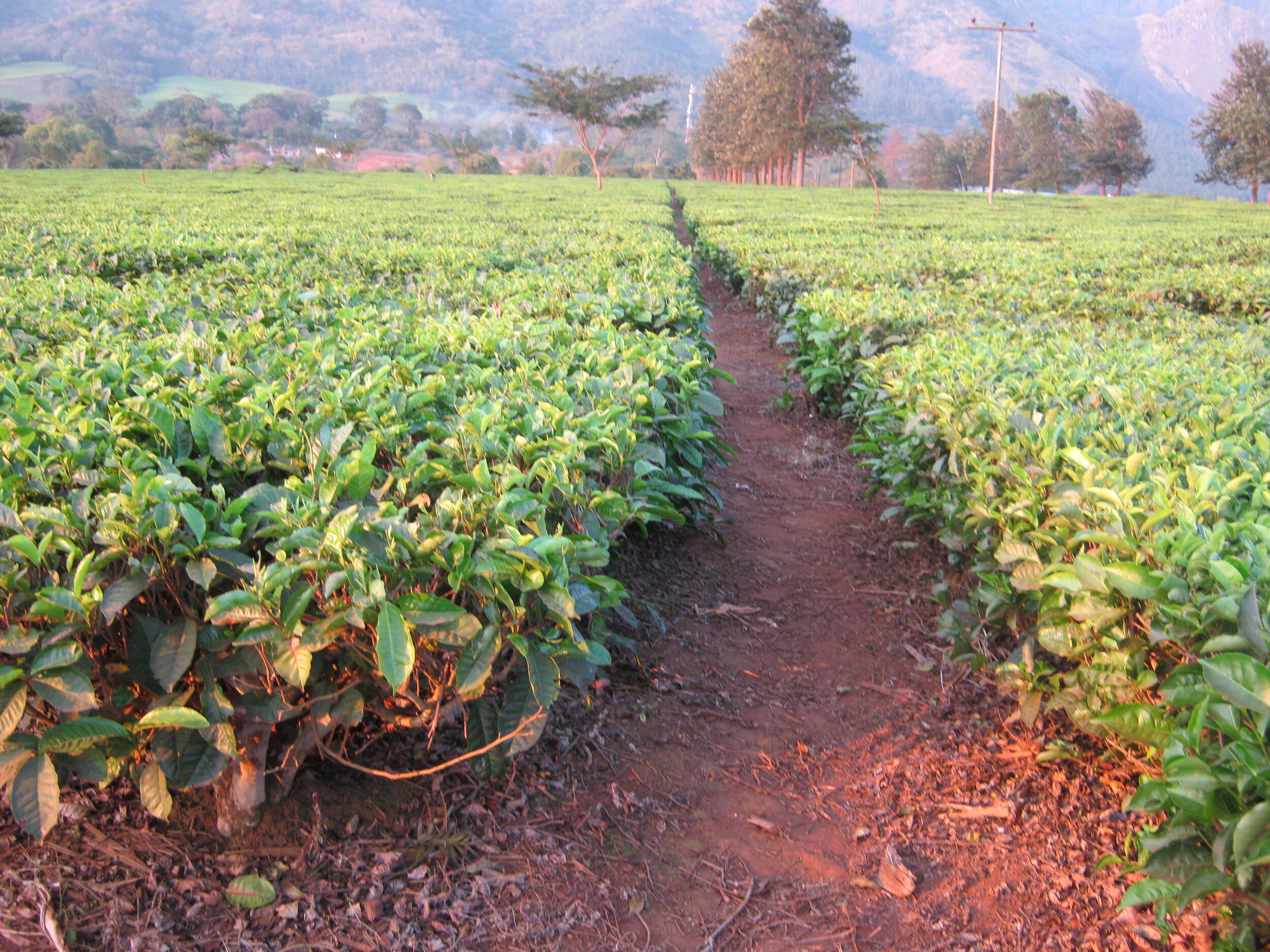About 10 miles west of the city of Yekaterinburg in Russia’s southern Ural Mountains, a roadside monument marks the official boundary between Asiatic and European Russia. Its location, in the middle of a pine forest on a level stretch of road, seems rather whimsical, but the sign states that scientists studied geological records and water flow patterns to confirm the spot. It officially replaced a marker erected in 1837 on top of a hill that for many years had been a popular destination for picnickers and newlyweds. It was close, but not close enough. The scientifically correct boundary point offers no views—except for trees, trees and trees—but first-time travelers rarely resist the temptation to stop and strike the obligatory photo pose, standing on the painted line marking the boundary, one foot in Asia and one in Europe. In this region of the southern Urals, there’s no perceptible difference between the two continents. From the road, in all directions, it is a landscape of hills, lakes, and forests of pine and white birch.
My colleague Lada Tikhonova and I straddle Asia and Europe at the continental divide marker in Russia’s southern Ural Mountains
Russia is not only the largest country by land area in the world, but the only one that is dramatically transcontinental. Almost three quarters of its land area is in Asia: at 5.1 million square miles, it’s almost the size of the continent of Antarctica. European Russia is the largest country in the continent, a little less than half the size of the continental United States. The population distribution is almost exactly reversed, with almost three quarters of Russia’s 146 million people in Europe. East of the industrial region of the Urals, the urban population is concentrated in a line of cities in southern Siberia, most of them along the Trans-Siberian Railway and its branches. To the north are vast deciduous forests of birch and poplar, and further north, the taiga, the swampy coniferous forests of pine, spruce and larch. Then it’s the tundra and finally the Arctic Sea.
The Ural Mountains, whose watershed forms the dividing line between Asia and Europe, stretch 1,250 miles from the Kara Sea in the Arctic north to Kazakhstan in the south. As mountain ranges go, the Urals are in the minor leagues; the highest peak, Mount Narodnaya (People’s Mountain), barely clears 6,000 feet, and in places the Urals are no more than large hills. For centuries, the region was mostly hunting country and lightly populated. The first large-scale settlements came in the early 18th century during the reign of Peter the Great when vast mineral resources were discovered. By the 19th century, the region, with its seemingly endless reserves of coal, iron and copper, as well as gold and precious metals, was the industrial heart of the expanding Russian Empire, with half a dozen large manufacturing cities. In the Soviet era, the coal mines, steel mills, locomotive factories and munitions plants of the Southern Urals were vital to economic growth and military power; with the collapse of the Soviet Union in 1991, the region became part of Russia’s “Rust Belt.”
“On the Continental Divide in Russia’s Southern Urals” is Chapter Seventeen of Postcards from the Borderlands, to be published by Open Books in November. You can pre-order here. Here’s what readers who had a sneak preview are saying about it:
“David Mould has been almost everywhere, but it would be wrong to call him a tourist. He interacts with people, experiences their culture, learns their history, sees how they really live. I’m amazed at his ability to soak up the tiniest details and weave them into engaging stories. Let him take you on his latest adventure.” -Kamellia Smith, former reporter for Indonesia's national magazine TEMPO and Cincinnati's Enquirer Media
Preview of “On the Continental Divide in Russia’s Southern Urals”
On a six-week teaching assignment, I travel in Russia’s Southern Urals, crossing the continental divide between Asia and Europe and fulfilling my Doctor Zhivago fantasy on the Trans-Siberian Railway (or at least a part of it). In Yekaterinburg, established in the early 18th century as an industrial center for the Urals mining region, I slog through the spring mud and gawp at the conspicuous consumption of so-called “New Russians” who have grown wealthy since the fall of the Soviet Union. I visit the ostentatious Church of the Blood, built to commemorate the murder of Tsar Nicholas II and his family in the city in 1918 as the White Army advanced. I meet the staff of the city’s film archive and learn about their struggle to preserve historic feature films and documentaries. In European Russia, I travel to Perm, a rust-belt city that is still a major river port and provided inspiration to Boris Pasternak for locations in Doctor Zhivago. On the Asian side of the divide, I travel to the city of Tyumen, the historic gateway to Siberia, which has grown rich from the oil and gas boom and reminds me of a “cold Houston.” And is the older “student” in my class a spy? My interpreter thinks so.



























